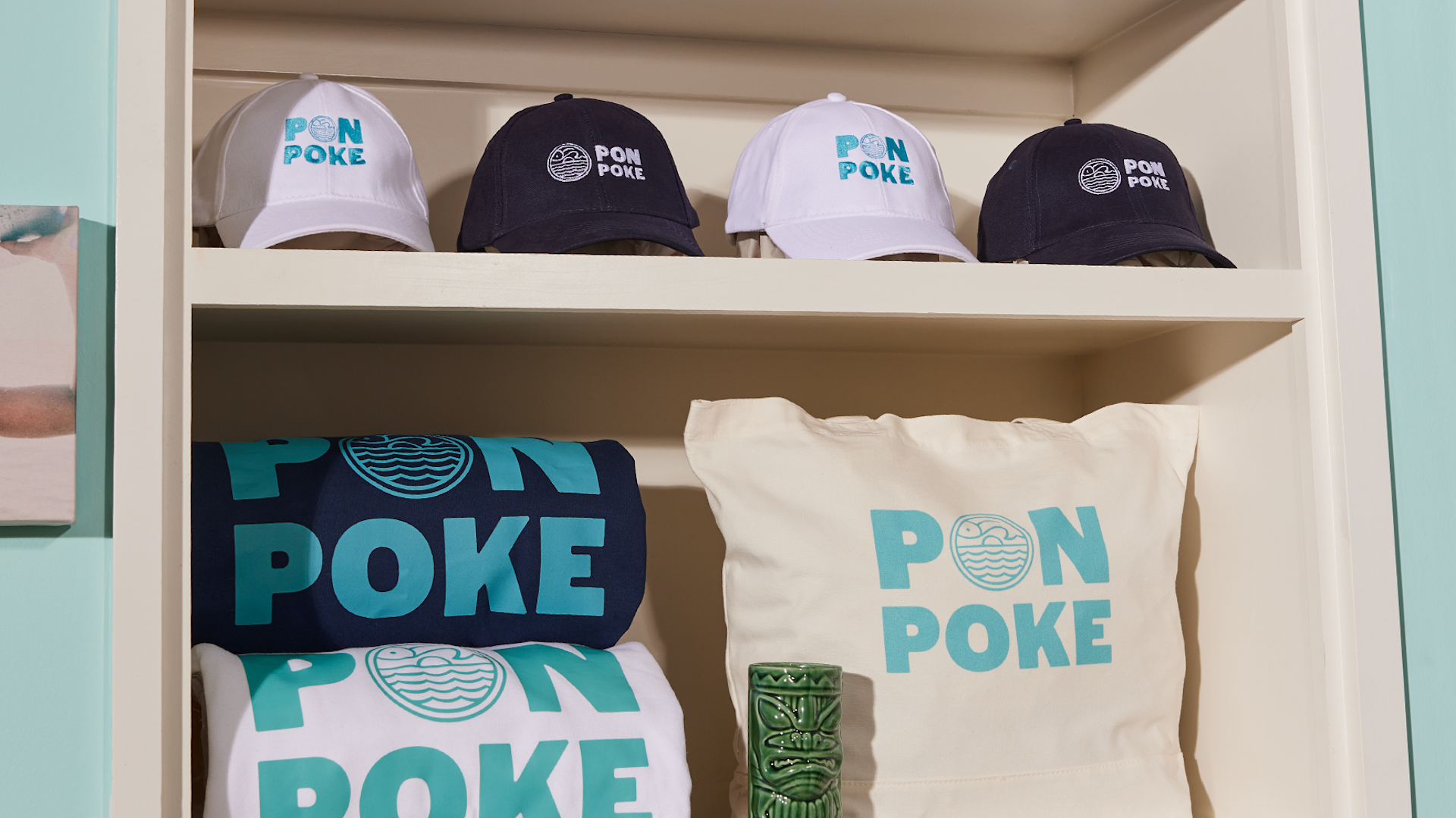The Science Behind Breathability in Branded Clothing Materials
The Science Behind Breathability in Branded Clothing Materials
Blog Article
The Importance of Lasting Apparel: Exactly How It Affects the Environment and Your Storage room
Sustainable clothing is increasingly identified for its vital function in reducing the environmental effect of the rapid fashion business. By focusing on environmentally friendly products and honest production techniques, it addresses pressing environmental concerns. This shift not just benefits the world but additionally influences customer choices, leading to a more thoughtful strategy to closet administration. Comprehending these dynamics increases crucial questions concerning fashion's future and personal responsibility in shaping it.
The Environmental Impact of Rapid Fashion

Benefits of Sustainable Products
Sustainable materials use considerable advantages, particularly through environment-friendly textile options that decrease ecological injury. These materials additionally show longevity and long life, minimizing the requirement for regular substitutes. Consequently, they add to an extra sustainable style industry and promote responsible customer behavior.
Eco-Friendly Fabric Options
While the garment industry has long been connected with rapid trends and environmental damage, the rise of environment-friendly fabric options offers a transformative opportunity. Sustainable products such as natural cotton, hemp, and Tencel have actually gained popularity as a result of their lower eco-friendly effect. These fabrics are frequently generated without dangerous pesticides and call for less water, reducing their carbon footprint - Branded Clothing. In addition, several green materials are biodegradable, contributing to a round economic situation by reducing waste. Picking lasting materials not just supports environmentally accountable techniques yet additionally advertises much healthier ecosystems. As consumers end up being more aware of their acquiring power, the need for eco-friendly fabrics encourages brand names to innovate and embrace more sustainable production methods, ultimately profiting the earth and future generations
Resilience and Longevity Advantages
Several consumers are increasingly identifying the resilience and long life advantages of sustainable materials in their apparel choices. Unlike standard materials, lasting products such as organic cotton, hemp, and recycled polyester are engineered to endure wear and tear, leading to garments that last longer. This lowered frequency of replacement not only conserves consumers cash gradually however additionally reduces waste created by rapid fashion. On top of that, sustainable apparel often uses eco-friendly manufacturing methods that enhance textile toughness, adding to a reduction in the general carbon footprint. By buying durable clothes, consumers can grow an extra sustainable closet while appreciating premium items that maintain their aesthetic and capability in time. Resilience and longevity stand as key advantages of picking sustainable materials.
Minimizing Waste With Lasting Practices
Minimizing waste in the garment industry can be attained with ingenious practices such as upcycling and repurposing products. In addition, taking on minimal wardrobe approaches encourages customers to focus on high quality over amount, eventually decreasing garments usage. Together, these methods contribute significantly to an extra sustainable clothes model.
Upcycling and Repurposing Products
Upcycling and repurposing materials have become ingenious approaches in the apparel industry, changing disposed of textiles into useful brand-new items. This technique not only decreases waste however likewise urges creative thinking and individuality in garments layout. By taking old garments and products, designers can develop unique items that show personal style while reducing the need for brand-new sources. In addition, upcycling frequently calls for much less power and water contrasted to standard manufacturing processes, significantly lowering the environmental footprint of style. As consumers end up being extra aware of sustainability, the popularity of upcycled garments remains to increase, advertising a circular economic climate. Inevitably, these methods add to a much more sustainable future, where fashion prioritizes environmental wellness over quick production and consumption.

Minimal Closet Strategies
As people progressively seek to minimize their environmental effect, adopting minimalist closet strategies has gotten grip as an efficient method to lasting style. These approaches emphasize quality over amount, encouraging customers to curate a smaller collection of functional, long lasting garments. By concentrating on ageless pieces that can be mixed and matched, people can minimize the frequency of purchases and inevitably lower waste.Additionally, minimalism promotes mindful intake, prompting shoppers to review the ethical and ecological effects of their selections. This approach not just cultivates a more lasting way of living however also simplifies everyday decision-making relating to clothing. As people welcome minimal principles, they add to a style society that values sustainability and liable consumerism, inevitably bring about an extra eco-conscious society.
The Function of Moral Labor in Sustainable Style
While numerous consumers are increasingly knowledgeable about the ecological repercussions of their clothes selections, the value of honest labor practices in sustainable style can not be neglected. Moral labor includes reasonable wages, safe working conditions, and regard for workers' legal rights, creating the foundation of responsible fashion manufacturing. Brands that prioritize honest labor not just uplift communities however likewise established a criterion for accountability in the industry.Moreover, the combination of honest methods cultivates openness, enabling consumers to make informed options about their purchases. next page This method contrasts dramatically with rapid style's exploitative labor models, which often focus on revenue over individuals. By supporting companies committed to moral labor, customers add to a system that values human dignity alongside ecological sustainability. Consequently, moral labor is not merely an add-on; it is vital to the broader mission of sustainable fashion, making sure that the mission for eco-friendliness does not come at the expenditure of human legal rights.
The Influence of Sustainable Garments on Carbon Emissions
Sustainable clothes has the potential to greatly minimize carbon discharges associated with the fashion business. Standard garment production adds notably to greenhouse gas emissions, primarily because of energy-intensive manufacturing processes and using non-renewable sources. In comparison, sustainable style concentrates on environmentally Website friendly products, such as organic cotton or recycled fibers, which usually require much less energy to produce.Moreover, sustainable brands often tend to take on much more effective manufacturing methods, decreasing waste and decreasing total emissions. By prioritizing resilience and classic layout, lasting apparel urges consumers to acquire much less often, more minimizing the carbon impact linked with overconsumption.Additionally, many sustainable brands are devoted to openness in their supply chains, allowing consumers to make enlightened choices that line up with their values. Inevitably, moving in the direction of lasting apparel can lead to a considerable decrease in carbon discharges, contributing to a healthier earth and a much more sustainable future for the apparel industry.
Supporting Regional Economic Situations With Sustainable Choices
The shift towards lasting clothes not just addresses environmental problems yet additionally substantially benefits regional economic climates. By selecting sustainable style, customers frequently support tiny businesses and regional craftsmens, improving community strength. These ventures generally operate a smaller scale, prioritizing craftsmanship and honest methods over mass production.Investing in locally made sustainable apparel fosters work creation and stimulates economic growth within neighborhoods. As consumers end up being more familiar with the ecological effect of their purchases, they increasingly look for items that mirror their values. This demand encourages regional suppliers to adopt sustainable methods, contributing to a round economy.Moreover, sustaining regional companies reduces transportation exhausts, straightening with eco-conscious consumer behavior. The interconnectedness of sustainable clothing and local economic situations highlights the essential role that private options play in advertising both financial and ecological health. By fostering these local links, neighborhoods can flourish while additionally working towards a much more lasting future.
Transforming Your Wardrobe: Tips for a Sustainable Closet
As individuals seek to reduce their environmental impact, changing a closet right into a sustainable wardrobe becomes an important step. One efficient technique is to assess existing apparel, maintaining only products that are used frequently which line up with sustainability goals. read Prioritizing top quality over amount is essential; buying durable items from green brands can substantially decrease waste.Additionally, including second-hand products can revive a closet while lessening environmental damage. Organizing apparel swaps with buddies or giving away unused products can better advertise sustainability.When shopping, people need to look for products that are organic, recycled, or naturally degradable, and stay clear of rapid fashion stores - Branded Clothing. Ultimately, practicing conscious usage by thoughtfully taking into consideration each purchase can contribute to a much more lasting lifestyle. By implementing these tips, one can produce a closet that shows personal design while supporting environmental stewardship
Frequently Asked Inquiries
Exactly How Can I Recognize Lasting Clothes Brands?
To identify sustainable clothes brand names, one need to look into materials used, examine for qualifications like Fair Trade, and take a look at the brand name's transparency regarding their manufacturing procedures, labor methods, and environmental impact, guaranteeing ethical and environmentally friendly practices are focused on.
What Are the Costs Related To Sustainable Fashion?
The expenses linked with lasting style can vary significantly. Higher manufacturing costs, moral sourcing, and eco-friendly materials typically result in raised retail costs, which may hinder some customers while attracting environmentally aware shoppers.
Can Sustainable Garments Be Stylish and stylish?
Sustainable apparel can undoubtedly be stylish and fashionable. Developers progressively focus on innovative products and moral manufacturing methods, proving that fashion and sustainability can coexist. Customers now have diverse options that blend appearances with environmental awareness.
How Does Laundering Clothes Affect Their Sustainability?
Washing clothes considerably influences sustainability by consuming water and energy, adding to air pollution, and causing microplastic launch. Frequent washing can weaken materials, reducing their life-span and raising the demand for substitutes, ultimately aggravating environmental worries.
What Is the Lifespan of Lasting Clothing Contrasted to Quick Style?
The life-span of lasting garments usually goes beyond that of fast style things, usually long-term several years because of high quality products and workmanship. In contrast, fast style garments might weaken promptly, necessitating more constant substitutes. Sustainable clothes is significantly acknowledged for its crucial function in lessening the environmental influence of the fast style sector. While many consumers are progressively conscious of the ecological consequences of their clothing choices, the importance of honest labor techniques in sustainable style can not be ignored. Branded Clothing. Lasting clothing has the prospective to greatly lower carbon discharges linked with the style industry. In contrast, lasting fashion focuses on green products, such as natural cotton or recycled fibers, which frequently call for less power to produce.Moreover, sustainable brands often tend to embrace extra reliable production practices, decreasing waste and reducing total discharges. By prioritizing sturdiness and classic design, lasting clothes encourages customers to get much less regularly, additional minimizing the carbon footprint associated with overconsumption.Additionally, many sustainable brand names are committed to openness in their supply chains, making it possible for consumers to make informed choices that align with their values
Report this page